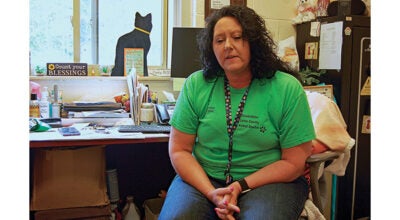Rental market steps up its Tri-Cities area game
Published 2:44 pm Thursday, September 8, 2022
|
Getting your Trinity Audio player ready...
|
A new analysis from Attom Data Solutions shows the average vacancy rate in the Tri-Cities area — including Greeneville — is 2.6%. The news comes on the heels of reports from the National Association of Realtors (NAR) and the Tri-Cities Apartment Association (TCAA) that the vacancy rate for local apartments was 3.3%. It was the second tightest market in East Tennessee and lower than the U.S. rate.
The lack of rental properties equals — if not exceeds — the shortage of new and existing homes for sale. It has also prompted some to ask if the region has too much rental property.
Current counts show the region’s single-family rental inventory is 65,983 houses and town homes. There are 6,441 apartment units, according to NAR. Since there are 214,403 occupied housing units in the region, the rental share is close to 31%. That’s slightly below the 36% national share. Of course, the ratio of owner to renter-occupied households varies widely by community.
For example, Census reports show 34% of the Bristol, Tenn. households are occupied by renters. In Johnson City, the share is 51%, and it’s 38% in Kingsport. Greeneville’s share is 42%.
High demand and low rental inventory have caused rents to spike. It’s also sparked a flurry of big and small investor interest in the apartment market. The July NETAR Commercial Real Estate Report shows that so far this year, multi-family sales are up 11% from last year.
Despite all the notices and offers, institutional single-family rentals are barely registering on home sales reports. An institutional investment is a home sale to a non-lending entity that has purchased at least 10 properties in a calendar year. However, there are new build-to-rent developments in both the development and planning stages.
The number of renters and rental properties — especially single-family rentals — is expected to increase with the growing housing preferences of younger generations and elders — 14% of renters are 65 or older — who want housing with fewer maintenance demands.





